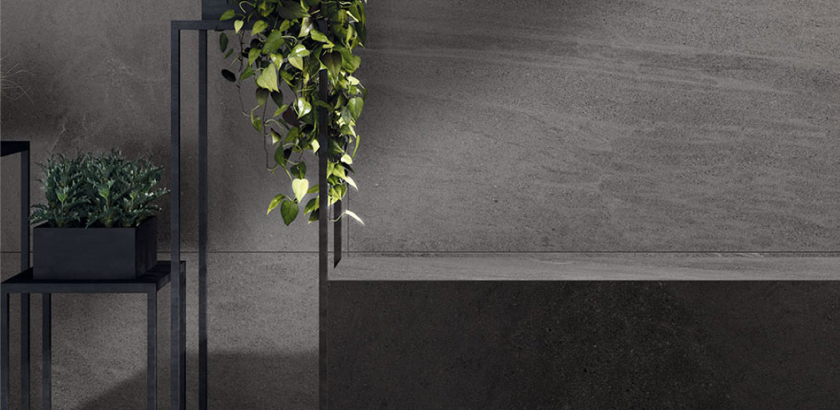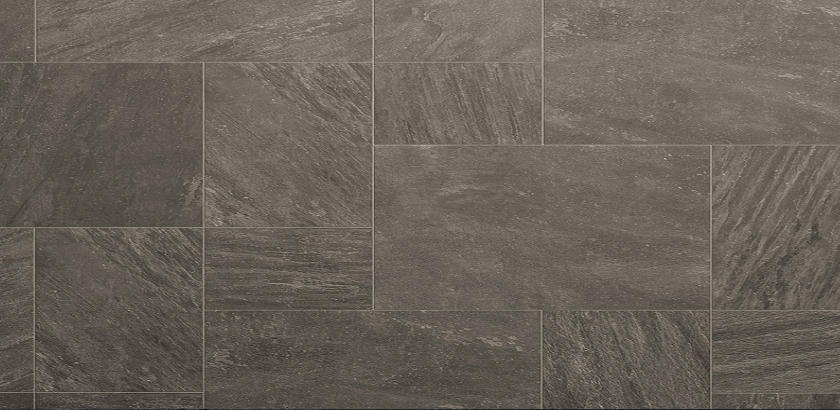
Slipperiness (R) - DIN 51130
For products:
Full-body and full-body coloured porcelain stoneware classified UGL
Antislip properties for shod feet is a characteristic that affects the health and safety of the users of ceramic floor coverings. The antislip coefficients indicated by the R value classify products in relation to the specific needs of their intended use, in increasing order of slipperiness with reference to industrial and commercial environments in particular. In this test, an operator stands on a horizontal tiled surface that has been oiled. The operator, wearing special footwear, remains on the surface while it is being tilted until he begins to slip. The following classification is determined by the angle of the tiled surface when he starts slipping:
| ANGLE | CLASSIFICATION | INTENDED USE |
|---|---|---|
| a<6° | Not classified | Indoor residential and commercial with internal access |
| 6°≤a≤10° | R9 | Indoor areas, entrances and staircases with outdoor access |
| 10°≤a≤19° | R10 | Communal areas with moisture (showers, garages),сovered outdoor areas |
| 19°≤a≤27° | R11 | Working environments with large amounts of water, laboratories,uncovered outdoor areas |
| 27°≤a≤35° | R12 | Working environments using slippery substances |
| a>35° | R13 | Environments with large quantities of oils and fats |








